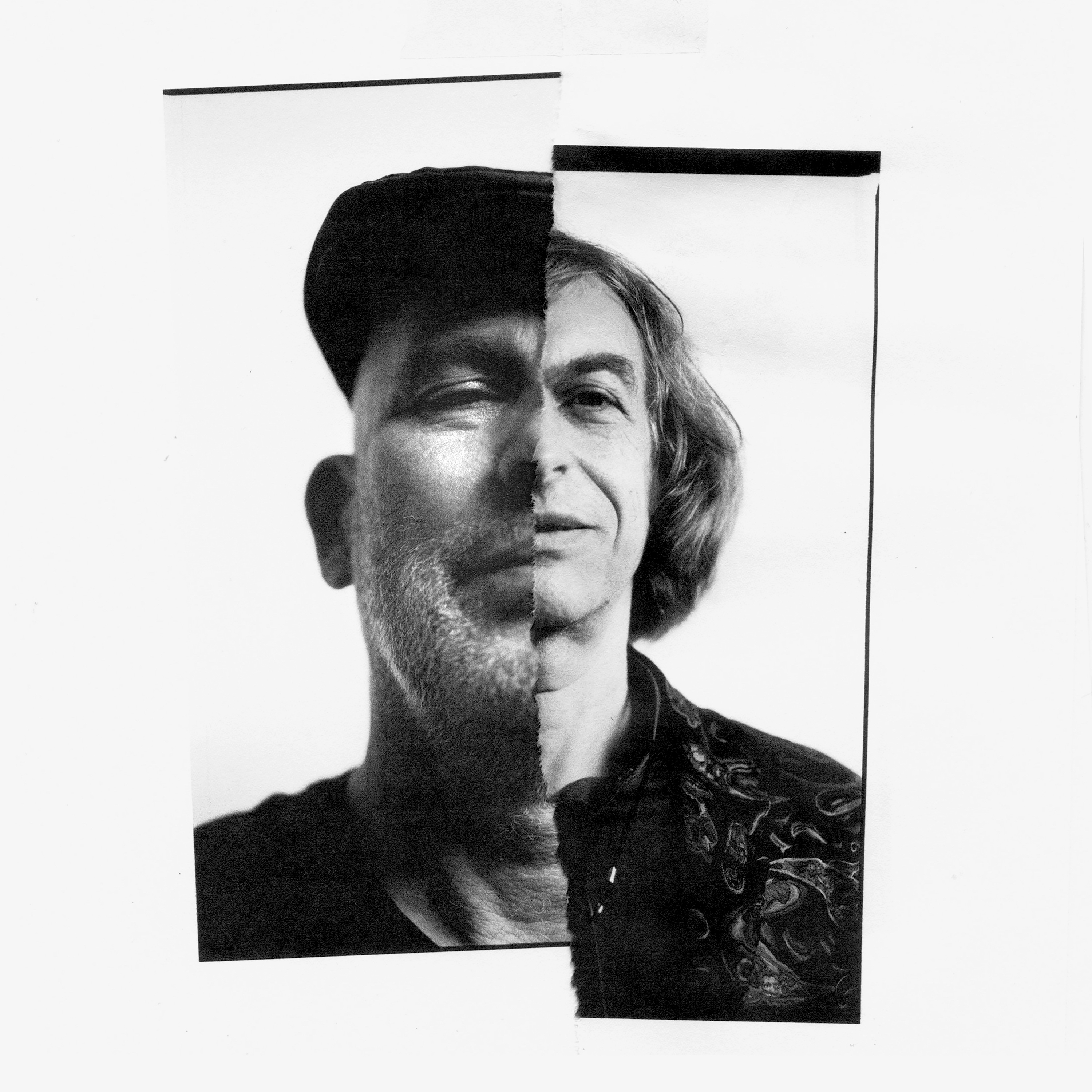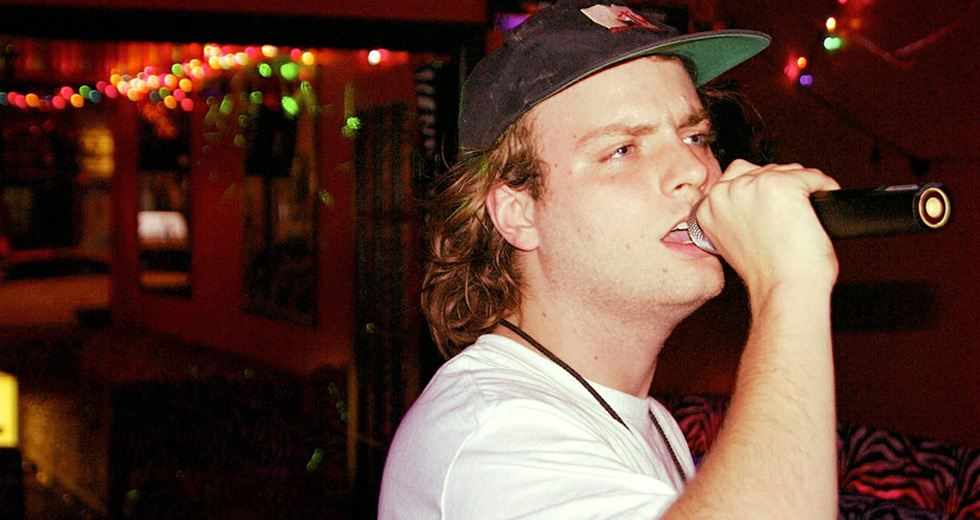The Medium Is The Message
In prelude to a format-themed 'Music Is The Message' showcase on November 22 featuring Clams Casino, Greg Wilson, Hatcha, Hermanos Pizarro and Dinamo, the London-based music journalist Joe Muggs explains how music formats and storage devices shape the music itself...
Being a music lover is not “just about the music”, and never has been. The more specialised your tastes and the closer your involvement with music, the more opinions you will have about how that music is stored and played back. As a collector, are you a vinyl fetishist with walls of record shelves, relishing holding each luxuriant gatefold sleeve and slab of wax in your hands as a captured moment of time, or do you favour the convenience and ease of access of digital music?
Are you an indie fanatic who treasures each hyper-limited 7” or cassette edition as a precious object that few other people can own, or do you celebrate the online democratisation that allows anyone to download the strangest and most obscure sounds? Do you prefer hands-on DJs, breaking their backs lugging a box of dubplates or 12”s and physically manipulating sound with the turntables, or the seeming infinite possibilities of musical processing offered by Ableton and CDJs and the clarity of their pure digital signal transmitted right to the cones of a Funktion-One rig?
These aren’t just aesthetic decisions, matters of personal taste. The media that carry our music come to define the very form that music takes, just as surely as the invention and adoption of new instruments do. Thus, media alter our culture dramatically when they change. Broadcasting and distribution of recorded music allowed the very concept of the mass-market pop star – of the singer being as important as the song – while the limit to the amount of music that could fit on original 78 rpm discs gave us the concept of the “album”. Any long piece of music such as a classical symphony recording, in those days, had to be split across many discs which were sold in a thick book-like sleeve resembling a photo album.
The 7” single set the length of the standard pop song, the double album symbolised the excesses of 70s prog rock, and the 12” gave life to the idea of the extended dance track for club DJs. The clarity of sound, the seductive gleam and rip-off pricing of CDs became emblematic of 80s yuppie aspirationalism – which made the sheer functionalism of the rave era’s white label 12”s, often with nothing more to identify them than a scrawled phone number from Doncaster, Dagenham or Düsseldorf, seem all the more thrilling and rebellious. As the recent, brilliant, Tape Crackers documentary reminds us, collections of home-recorded cassette tapes of pirate radio and commercially produced rave “tape packs” could carry almost the full weight of emotion, memory and sense of belonging to the scene as did going to the raves themselves.
Car stereos, the Walkman and the iPod each changed dramatically how and where we listened to music and thus the very way we considered music in relation to our immediate environment. The sonic characteristics of transistor radios, Dansette turntables, ghetto blasters, shopping mall tannoy systems and in-car subs are etched into the deep structures of different genres of music, as producers tried at every turn to maximise the effectiveness of the music as heard through the dominant delivery systems. And of course the closest, most symbiotic relationships of all between sound and the object that carries it came in the DJ-led forms of hip-hop and reggae. Hip-hop owes its very form to the cutting and scratching of vinyl, and the subcultural currency created through the cutting, trading and playing of dubplates is rooted into the deepest social structures of reggae and its mutant offspring.
All of which means that in talking about format in the present age, we’re dealing with far more than reductive questions of old vs new, retro vs modernist, or analogue vs digital. Each of the technological shifts or eruptions that formed our musical cultures still reverberates, in new and unexpected ways. As an example, Burial and Basic Channel (among many others) have made tape hiss and vinyl crackle a standard part of the modern musical vocabulary — in particular Burial’s blending of it with sounds like rain as if to emphasise that this kind of audio interference is simply a part of our human environment.
Or consider the way that the cassette and cassette players have become fetishised, both in fashion, where they recur again and again as a kind of semi-abstracted symbol, and in those indie labels, who use their tape releases as signifiers of exclusivity for those who own the limited tapes and the machines to play them on. They have come to represent craftsmanship and mechanical technology privileged over the dematerialised world of digital sound. The painstaking copying and packaging of tape releases – which are then more often than not sold online – gives musician, label and fan a whole new relationship to the object and to one another.
My wife, an ardent lover of northern soul, has a silver pendant in the shape of the classic plastic “spider” adapter which allows 7” singles with the centres punched out for jukeboxes to be played on a standard turntable. It’s an attractive shape in its own right, but to anyone who understands the demented passion with which people seek out those black plastic documents of moments past and the elemental rush of hearing the sounds emerge from their grooves, it’s representative of so much more, an emblem bordering on religious symbol.
"we’re dealing with far more than analogue vs digital..."
The love of and engagement with these musical formats from the past is about tapping into historical technological streams as they flow through the present moment, not about trying to recover or recreate the past. People’s connections to them now are emotional, intellectual, practical. Listeners create new relationships to the music as much as they hanker after old ways of hearing. And this is before we even start to think of those who collect or make creative use of MiniDiscs, DAT tapes, 8-track cartridges, 16 rpm vinyl, laserdiscs, flexi-discs, acetates, wax cylinders, reel-to-reel tapes or circuit-bent sound chips.
Recorded music remains vitally important to our culture, but making it work financially is a problem. The myth that music could be given away free online and musicians would earn their living on the live stage was always dubious, and music lovers’ attachment to storage devices as artefacts shows that delivery methods that do more than squirt barely differentiated sound-data around the world are still needed. MP3s may be disembodied, but the way you interact with them remains bodily, physical. People are finding new methods to make digital music into something to keep and treasure – from folktronicists Sleeps In Oysters encasing a baby CD in a ball of hand-spun wool to the Playbutton which stores a single album in a badge – but these are barely dipping toes into the water.
That’s why we must constantly assess our relationship to our music and how we access it. Sure, maybe you like vinyl because “it sounds warmer”, or USB sticks because you can carry a DJ set in your pocket – but what else do you want from your musical medium?
Are your attachments to form cultural, subcultural, personal, nostalgic, technical or artistic? Is your collection a badge of identity or just a convenient pool of data to draw from? The more we ask and understand these kinds of questions the more we will be able to help the recorded music of the future be as cherished and valuable as the great singles and albums of the past.

